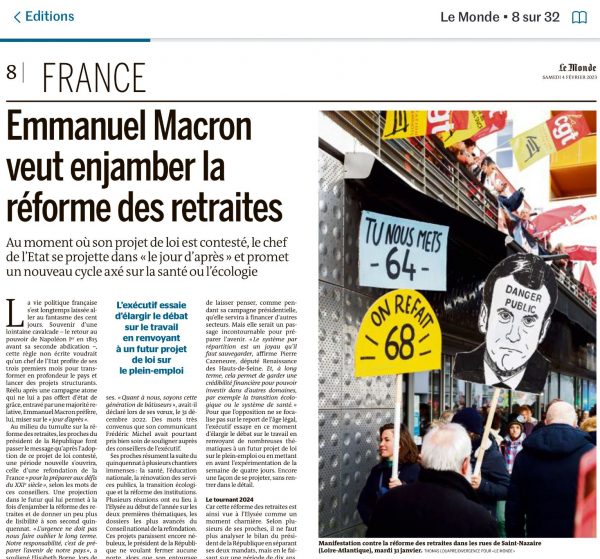With the recent Korean uprising against the imposition of martial law the world has witnessed a successful defense of democratic rule in South Korea. International politics has quickly moved on to other areas of the world where people’s struggle to obtain or sustain the freedom to vote and the freedom of expression.
However, the Korean history of uprisings goes back a least as far as the beginning of the Cold War period with the separation in 2 Koreas. The 1980 uprising of student protests in South Korea was extinguished with brutal force and mass killings. Can literature heal the wounds of uprisings? Only the best of literature can. The Korean female author and poet Han Kang (Nobel laureate 2024) has accomplished this. In the novel 소년이 온다 “Human acts” (English title), “Celui qui revient” (French), ”Menschenwerk” (German) the Gwangju Uprising 1980 is the historic backdrop against which the loss of human dignity during dictatorships is narrated. Han Kang manages to depict the empathy of family members who are confronted with the brutality of the military forces. It is tough on readers as they become the witnesses of the violence described as such and the sorrow of the whole social environment of the victims.
The Nobel Prize for literature 2024 honors the “world literature” aspect of Han Kang’s writings over many years. Many prizes have been allocated for representative writers (80+ % were men) of a country. The different titles of professional translators chosen for this novel reveal the potential to link to very different national narratives and connections to national memory of uprisings. Translating literature from different cultures can be challenging as readers frequently want the narratives somehow to relate to their own “endured” experiences. World literature, just like world history, goes beyond this and takes the reader by the hand and broadens emotional and human horizons.
(Image: Gallery Lee Bouwens, Brussels, exposed Jungjin Lee Voice #02, Voice #26 in 2025, inkjet pigment prints, Jungjin Lee) 
60s
“Make love, not war”, is a summary slogan of all sorts of protests that have moved the sixties. With the spread of television impressive images caught attention no longer just locally, but almost across the whole world. With the inauguration of political debates on TV between Kennedy and Nixon, reaching millions of persons at once and images travelling borders faster than to translate text, spreading of new ideas and political actions was more rapid and more emotional. Commonly the 60s are described as the sex, drug and rock-n-roll period. But there is much more to it. Yes, the sex revolution got started and access to, as well as experimenting with, drugs became more widely spread. Music became a defining moment for young people from teenage years onwards. After Rock n Roll from the 50s, came the rock music and pop culture, which were able to bring together huge crowds of several hundred thousand party-goers. The Woodstock festival and hippie gatherings became a defining moment mainly for the young. Older generations still battled for affordable housing and the “Great society”, as a large-scale anti-poverty program was called.
The phenomenon of the Beatles co-defined the 60s. The Beatles captured more than just one generation with their popular songs and iconic style. Mary Quant, attributed to have designed the mini-skirt, equally co-defined a period with a visual provocation to conservative life-styles. In parallel, the sixties saw the civil rights movement grow, Black Power succeeding with peaceful actions more widespread attention, leading to the abolition of openly racist practices. The peaceful movements and happenings, however, had to face the deadly attacks on J.F. Kennedy and Martin Luther King during the 60s. The whole decade was influential in the field of education as well. Based on a new spirit of altruism and happiness combined with, but also beyond religious feelings, new forms of living together, sharing and the common good were tried out. Anti-authoritarian educational practices were influential beyond the 60s.
Books covering the 60s are manifold. In addition to Arthur Marwick’s impressive, multi-faceted volume “The sixities”, I enjoyed the book by David Burner “Making peace with the 60s”, especially his approach to burn some received wisdoms about the 60s, namely the restriction of it to those 10 years. “The withering away of philosophy”, the beginnings of postmodernism and a theory-driven or conceptual approach to the decade, amongst other topics, is the merit of Fredric Jameson (1984, p.192). “The 60s without apology” is a programmatic title well worth thinking about seriously as the editors and authors did.
Besides the ecological disasters of the 60s already, (nuclear, oil and wars), Mini Cooper cars, Lava Lamps as well as Blow or Ball Chairs, Barbies, Frisbees, Brigitte Bardot and Pippi Longstocking (Patricia Massó, 2010), all were dressed to impress. “The 60s without apology” by a group of editors nicely summarises the review of the 60s and their lasting effects on us, for better and/or worse. 2 generations later in 2023 youth is again threatening mass mobilisation in France as depicted in LeMonde 4.2.2023. It is a kind of “déjà vu experience”. 

